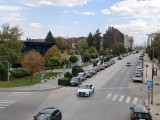GSMArena Team,
02 October 2025.
1. Introduction, specs, unboxing2. Design, build quality, handling3. Lab tests – display, battery life, charging speed, speakers4. Software, performance5. Camera6. Alternatives, pros and cons, verdictXiaomi 15T Pro specificationUser opinions and reviewsReview comments (24)
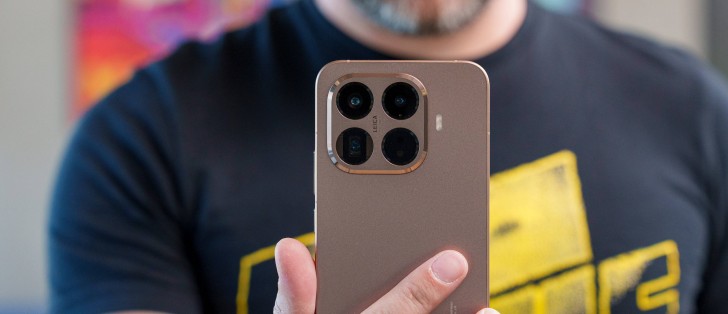
Updated triple camera
The Xiaomi 15T Pro’s camera system retains the excellent 50MP main camera from last year that uses a large 1/1.3″ sensor and the somewhat unremarkable 13MP ultrawide unit.
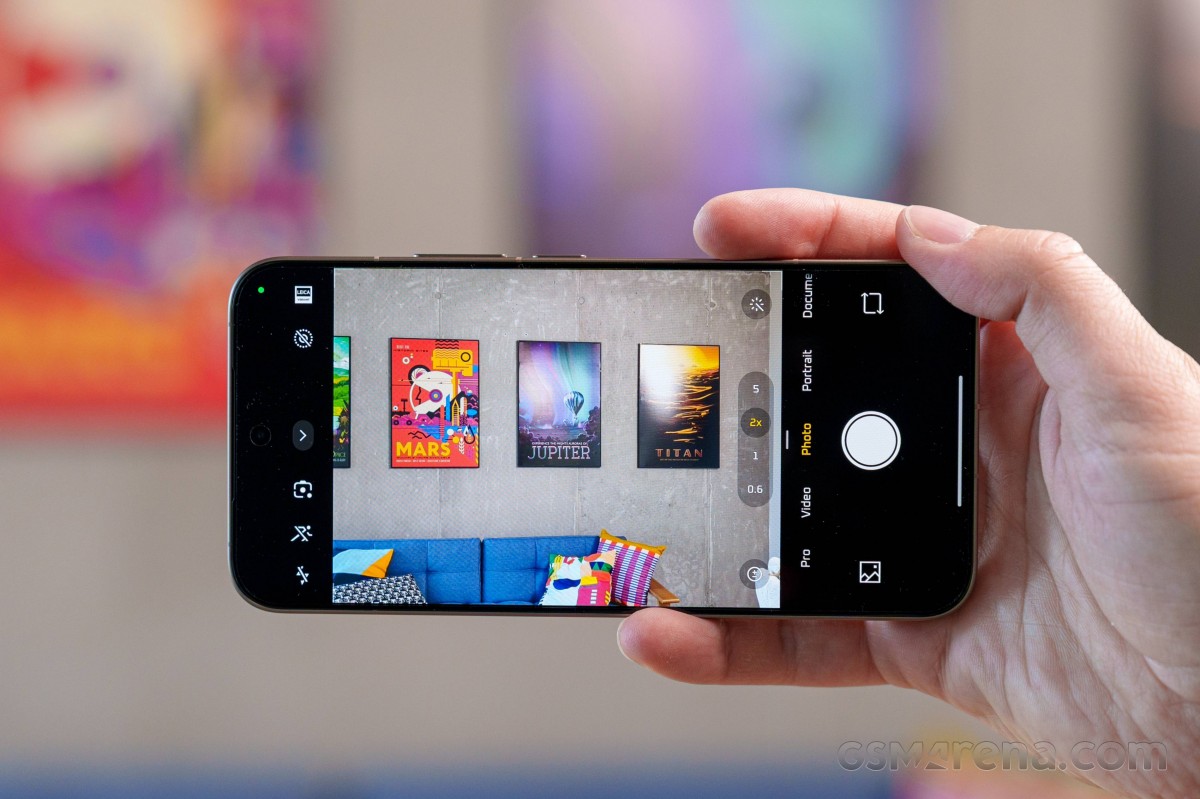
However, the telephoto camera has received a major upgrade, extending its reach from 2.6x to 5x and featuring a large Samsung JN5 sensor. The same one used by the Xiaomi 15, but this one is paired with a smaller aperture and longer telephoto optics.
- Wide (main): 50MP LightFusion 900 (Omnivision OV50H, 1/1.3″, 1.2µm-2.4µm), f/1.6, 23mm, multi-directional PDAF, OIS; 4K@60fps/8K@30fps
- Telephoto: 50 MP Samsung ISOCELL JN5, f/3.0, 1/2.76″, 0.64µm, 60mm (telephoto), PDAF (10cm – ∞), OIS, 5x optical zoom; 4К@60fps
- Ultrawide: 13MP OmniVision OV13B (1/3″, 1.12µm), f/2.2, 15mm, fixed focus; 4K@30fps/FullHD@60fps
- Front camera: 32MP Samsung ISOCELL KD1 (S5KKD1, 1/3.44″, 0.64µm-1.28µm), f/2.0, 25mm, fixed focus; 4K@30fps/FullHD@60fps
Unfortunately, the 32MP selfie camera remains unchanged. It utilizes a dated sensor that we’ve been less than impressed with before. Then again we probably couldn’t have expected more as Xiaomi even puts its on its flagship models.
Daylight photos
Main camera
Expectedly, the main camera delivers excellent stills and stays consistent in more challenging lighting conditions, even indoors. The system produces sharp and detailed images with a wide dynamic range.
Color reproduction is a bit conservative even with the Vibrant Leica color mode on. Exposure is not too enthusiastic either, giving images a darker, moody vibe, particularly in overcast weather and indoors. We also noticed that contrast can be lacking in certain situations.
The full-res 50MP photos do bring extra detail, but also more noise.




50MP photos: Main camera • Telephoto camera
We’ve got some people photos as well. They are in standard Photo mode and Portrait mode.




People shots: Photo mode • Portrait mode
2x crop zoom
The 2x zoom photos are looking almost as good as the native focal lenght ones, though the low contrast issue seems a bit more prominent. Sharpness suffers a little, but overall the results are excellent for digital zoom.
Here are some photos of people, too.




2x zoom: Photo mode • Portrait mode
5x telephoto camera
The 5x telephoto camera offers flagship-level quality. The stills are clean, sharp, and with color rendering matching that of the main camera. The dynamic range is fairly wide, except for a few instances where highlights detail is lost, and the system handles more challenging indoor environments with ease. No complaints here.




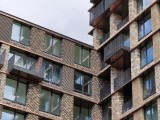







5x telephoto camera daylight photos
Even though Xiaomi doesn’t explicitly advertise it, the telephoto camera supports close-distance focusing, enabling great macro photography. You don’t even have to go into Macro mode, which we weirdly found is actually increasing the minimal focusing distance. We believe it’s a software issue that will likely be resolved in time.
The 5x portraits are also impressive.




5x telephoto: Photo mode • Portrait mode
Ultrawide camera
Despite the unimpressive hardware, the ultrawide camera delivers solid stills. Don’t expect the same level of quality as the main and the telephoto cameras, but it gets the job done. The detail level is fine, while the dynamic range is adequate. It’s all definitely above average for what you can expect from similar ultrawide solutions in the same price range.












Ultrawide camera daylight photos
The lack of autofocus is a bummer, though.
Selfies
The selfies are once again a disappointment. Xiaomi has been using this outdated 32 MP sensor for some time now, and it outputs unbinned images at its native resolution. Those lack contrast, sharpness, and have muted colors. In less than ideal lighting, the selfies appear flat and unflattering.
Low-light photos
Main camera
The camera software will almost always use the Auto Night mode when it’s dark outside, and there’s no manual way to trigger it either. However, you shouldn’t be concerned about that because the quality is excellent overall.
The level of detail, even in the shadows is impressive, the dynamic range is excellent and there’s virtually no noise. However, some might feel the 15T Pro is too aggressive with the shadows, which appear overly bright, and the contrast could use some boost. Light sources are rendered perfectly, but color temperature can be a bit colder at times.
So the Night sometimes gives us a sense of an artificially rendered scene, but the quality of the capture is excellent.
2x crop zoom
The 2x crop zoom is decent, albeit with a noticeable drop in sharpness. At least there’s no visible noise and the colors are identical to the 1x mode.
5x telephoto camera
Nighttime is a challenge for long-zoom telephoto cameras, no matter the class. But this one seems to be considerably above average. It renders details quite well, the dynamic range is wide, and the way it handles light sources is quite impressive.







5x telephoto camera low-light photos
The 5x telephoto shooter can be very inconsistent, though. In some scenes, you can see clean, sharp, and detailed buildings, while in others, contrast drops, and so does sharpness.
Ultrawide camera
The ultrawide camera visibly struggles in nighttime. It produces soft stills with low contrast and allows more noise to enter the frame. At least colors and dynamic range are adequate, given the camera’s class.


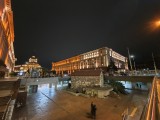




Ultrawide camera low-light photos
Video recording
The Xiaomi 15T Pro can record videos up to 8K@30fps, but only with its main camera. The telephoto unit can capture 4K clips at 60fps, the ultrawide and the front-facing camera are limited to 4K@30fps.
Of course, EIS is available, and the handset supports HDR10+ recording as well. But you need a compatible display to benefit from the enhanced dynamic range.
You can check out the playlist below, which includes multiple video samples.
The main camera captures impressive videos during the day, flagship-level even. The colors are accurate yet vibrant, with fine detail aplenty, even in the distance. There’s no noise, and sharpness is great. There’s really nothing to complain about here.
The low-light video is also pretty impressive, but sees contrast drop and the color temperature is often slightly off.
The daylight 2x footage is ever so slightly softer than the 1x clip and retains all the good qualities from 1x mode. The 2x video at night is seeing a big drop in quality, considerably softer than the 1x nighttime video, and with more apparent noise.
Video recording seems to be the telephoto camera’s Achilles’ heel. We are not particularly impressed by either the daylight or nighttime footage. The low-light clip is very soft and noisy, while the daylight clip at least resolves a fair amount of detail. Foliage and building facades in the distance are smudgy with a distinct oil painting look.
The ultrawide’s footage turned out okay during the day. Dynamic range is slightly limited, and sharpness may not be great, but it’s unrealistic to expect more. The low-light video sample, however, is abysmal. It’s extremely soft and generally of poor quality.
Stabilization appears to be smooth and handles walking perfectly. It’s actually one of the better EIS implementations we’ve seen.










